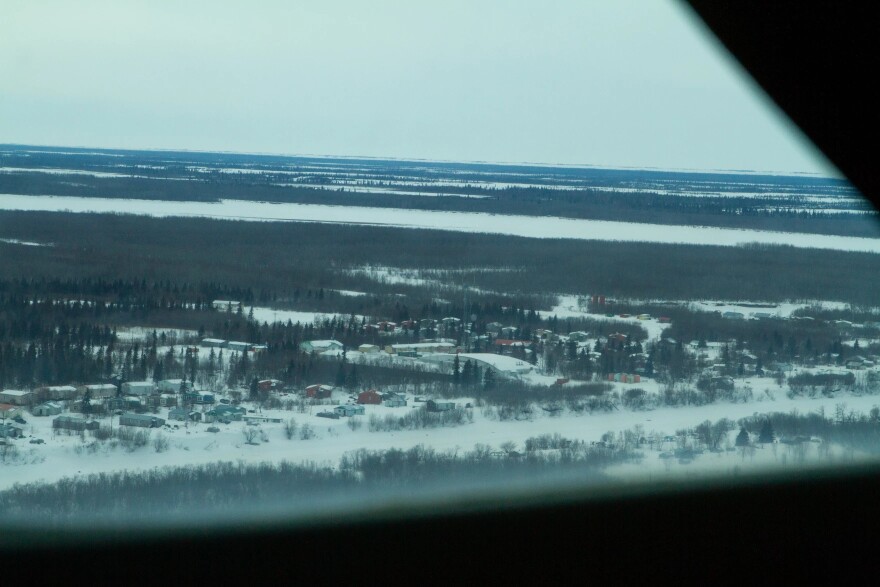For about a month, Tuluksak has been without running water after a line leading from the community water plant broke, leaving the school and all the teacher housing without running water.
Gov. Mike Dunleavy issued a disaster declaration on Feb. 24 to activate the state’s public assistance program to provide emergency response resources and reimbursement for disaster costs.
“Our public assistance section has reached out to the school district and folks at the school, and we’ve completed our public assistance section application briefing with the community. They’re now an applicant for our disaster recovery program,” said Alaska Division of Homeland Security and Emergency Management spokesperson Jeremy Zidek. “And we’ve also conducted an applicant briefing with the school in the school district.”
During the briefing, community members were able to ask questions about reimbursement eligibility under the state’s disaster recovery programs and how they could work through that process, Zidek said.
The school currently has three 500-gallon water tanks. One of the big challenges is the transfer of water between the water plant and the school. Hauling water with one vehicle takes a considerable amount of staff time; the vehicle is an aging pickup truck.
“We have to go up a ramp to get to the tanks. And our truck blew a tire last week, and so they had to replace that with an older tire,” said Principal Kary DelSignore. “And then the truck itself, being two-wheel drive, just could not handle the ice and couldn’t make it up the ramp.”
Another truck is also on its way.
“We also are going to be receiving a truck that should be able to handle a larger tank so that we can haul more water and get it to the school, and the truck should be in much better shape,” DelSignore said. “Hopefully the truck that’s coming won’t have a problem going up and down the ramp and we’ll be able to haul water all day.”
DelSignore said that they were able to put ice melt down and chop up some of the ice to haul water on Mar. 8 and have a fairly normal day with the kids at school.
“We have a shipment on the way of shelf-stable food and drinking water. So hopefully we will receive that; that’s coming bypass mail. You never know how, in the village, when they’ll actually deliver it, but it’s on its way,” said DelSignore.
Zidek said that the easy-to-prepare foods will help conserve water, and that bottled water will be on hand in case the reverse osmosis water treatment system is not able to keep up with demand.
There are a lot of costs associated with transporting water back and forth from the water plant to the school, including purchasing additional holding tanks and pumps. While that will initially come out of the school’s budget; it should be reimbursed through the state’s disaster recovery program.
Zidek also said that the state would continue to work with the school, and that he was aware that sometimes bypass mail would have to be used because the ice road between Bethel and Tuluksak has been freezing and thawing.
“That exacerbates the situation. Obviously it’s easier just to drive down to Bethel to purchase supplies and bring them back, and when you have to put that air leg in there it complicates matters. But we’re going to work with the school here,” Zidek said.
Tuluksak’s logistical complications are temporary and dependent on the weather. Until it is warm enough to gain access to the water line underground and fix the break, the school will continue to haul water.

